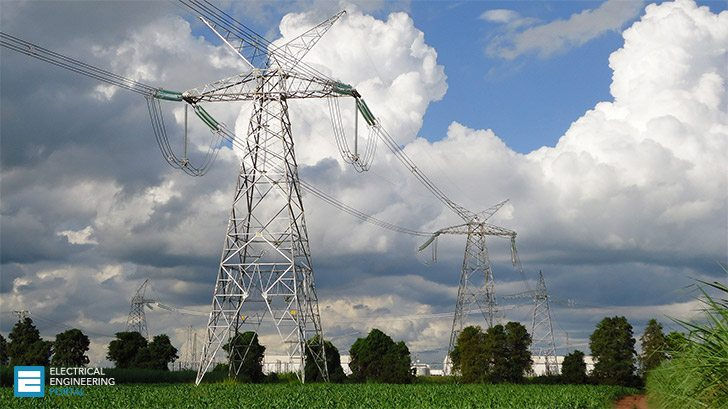Transmission lines losses in Pakistan
Transmission Line Losses in Pakistan
What is a Transmission Line?
A transmission line is used for the transmission of electrical power from generating substation to the various distribution units. It transmits the wave of voltage and current from one end to another. The transmission line is made up of a conductor having a uniform cross-section along the line. Air acts as an insulating or dielectric medium between the conductors.
Performance of transmission lines
The term performance includes the calculation of sending end voltage, sending end current, sending end power factor, power loss in the lines, the efficiency of transmission, regulation and limits of power flows during steady-state and transient conditions. Performance calculations are helpful in system planning.
Transmission Line Losses in Pakistan
Transmission and distribution (T&D) loss are amounts that are not paid for by users.
T&D Losses= (Energy Input to feeder (Kwh)-Billed Energy to Consumer (Kwh)) / Energy Input kwh x100.
Distribution Sector considered as the weakest link in the entire power sector. Transmission losses are approximately 17% while distribution losses are approximately 50%. There are two types of transmission and distribution losses:
1. Technical Losses
2. Non-Technical Losses (Commercial Losses)
PEPCO Statement
In a presentation to the Public Accounts Committee (PAC), the Managing Director of the Pakistan Electric Power Company (Pepco) declared that the technological issues as well as the stealing of electricity are the key explanations for the failure of wires, while he emphasized that the grid suffered more from technical problems than from robbery. Pepco officials informed the meeting that the National Electric Power Regulatory Authority (Nepra) had set a threshold of 16.5 percent line losses whereas at present the system was suffering 17.6 per cent losses.
Problems Due to Transmission and Distribution Losses
Electricity generated in an electrical power plant does not apply to customers who account for reductions in production and operational liabilities. If losses exceed 16% mean that there is an extensive electrical power theft in the region. The incidence above 40% suggests the same broad economic and social issue reserve for the region.
According to NEPRA (National Electric Power Regulatory Authority), more than 89 billion Pakistani rupees every year was wasted by the government owing to theft of power and illicit approaches. Two types of electrical losses have been detected during the transmission and distribution of electrical power. Such losses involve reductions in transmission and delivery to end-users.
The peak level of transmission (technical) and delivery (non-technical) losses over the last decades was 30.41 over 1998 while the lowest was 16.23 in 2010. Control errors are attributed to the dissipation of the conductors, wires and devices used for storage lines, distribution lines and transmission lines for transformers and substations. Standard technological or transmission losses are 22.5 percent and rely directly on the electrical power network system.
How to Reduce these Losses?
Transmission and distribution losses in the power market arise when the amount of electricity produced exceeds the amount of electricity supplied to end-users. Losses occur from both
technological reasons, for example, delivery lines that are too long or inadequately designed conductors, as well as non-technical factors such as fraud, which is especially prevalent in certain developing economies. There are several ways of reducing transmission and distribution losses. Any of the solutions for minimizing technological losses include removing improperly designed transformers, enhancing the efficiency of connections (control cables) and increasing the supply of reactive electricity by adding capacitor banks along transmission lines. For order to minimize non-technical factors, politicians should prevent corruption by making it difficult to snatch electricity from the poles.

